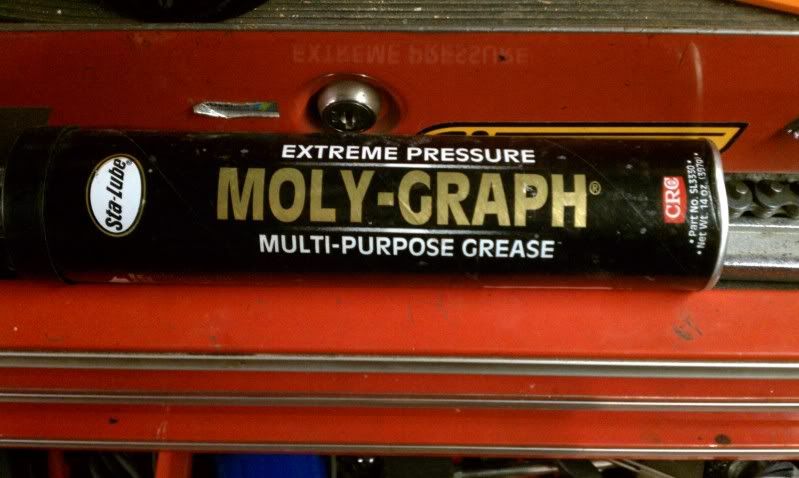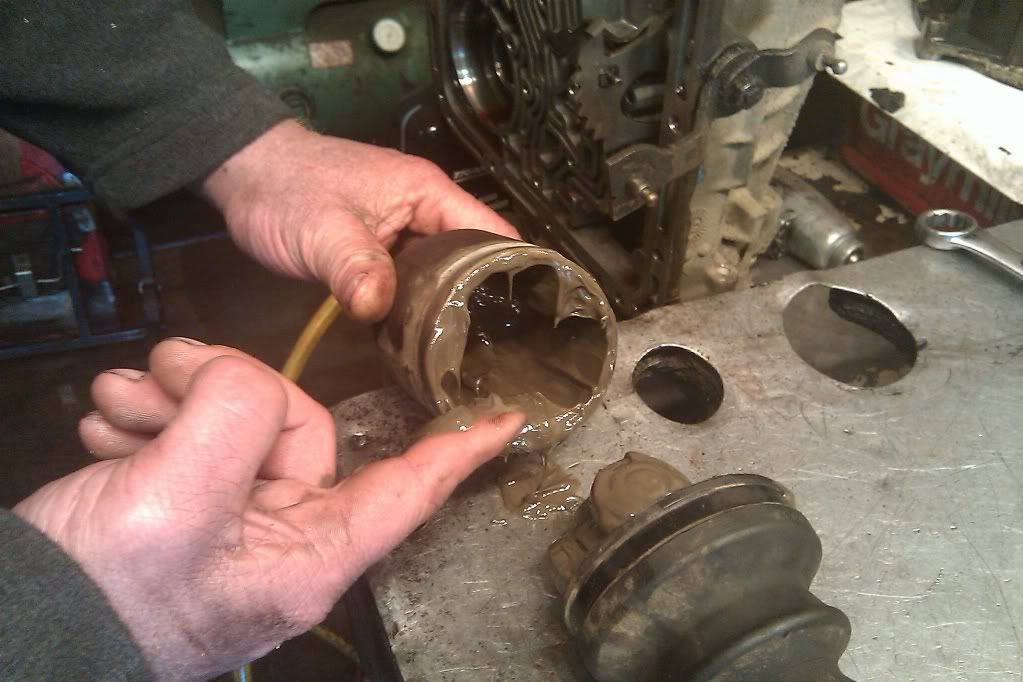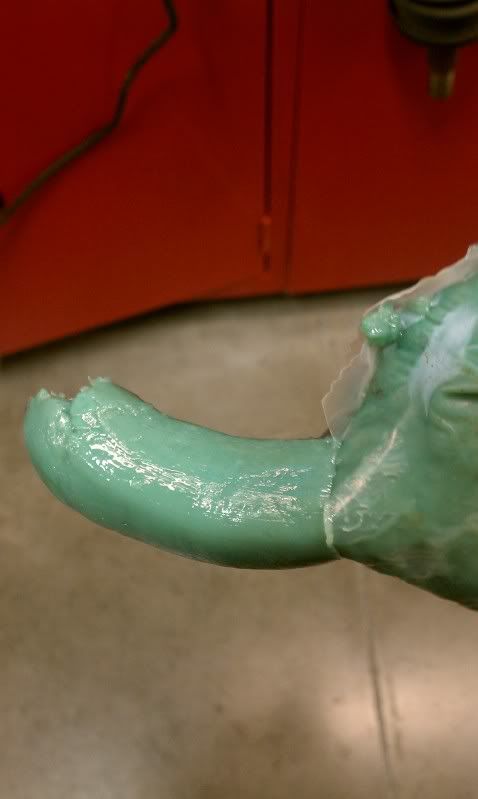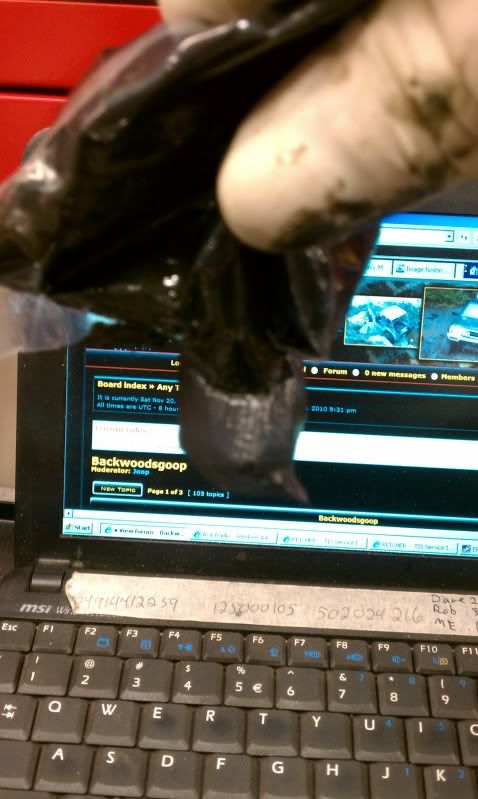"The interior of the bell is hollowed out somewhat, meaning that the grease can't completely fling out, even if you could spin it fast enough. But realistic operating speeds are in the 600-700 rpm range on a joint that's only ~4" in diameter."
E-rock
Okay Chewbacca, here is your Toyota propagandist,
Do not be fooled,
Smooth talker have been dealing with him for quite a while,...
600 -700 RPM of the axle would mean about a 130 mph, given average tire size,,,
Do not be fooled by his smooth talk, although I feel you wont already have a good foundation of knowledge on the subject,
Before this gets out to be to much back and forth let me offer you a sample so as the Backwoodsgoop can be added to your list of greases,
E-rock
Okay Chewbacca, here is your Toyota propagandist,
Do not be fooled,
Smooth talker have been dealing with him for quite a while,...
600 -700 RPM of the axle would mean about a 130 mph, given average tire size,,,
Do not be fooled by his smooth talk, although I feel you wont already have a good foundation of knowledge on the subject,
Before this gets out to be to much back and forth let me offer you a sample so as the Backwoodsgoop can be added to your list of greases,





